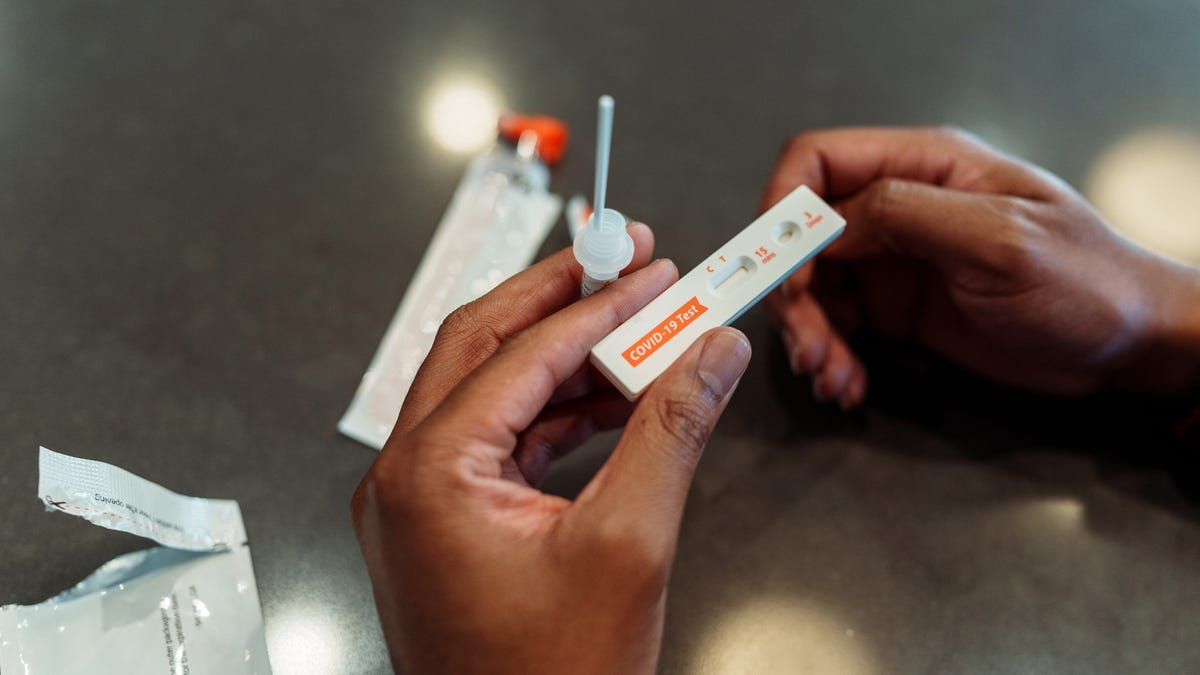How to Get Free COVID-19 Tests from the Federal Government
Starting at the end of September, households across America can place orders for free COVID-19 tests that are designed to identify current variants, and these will remain valid until the year’s end, as stated by officials.
In August, health authorities declared that the COVIDtest.gov initiative will reopen ahead of the expected winter surge in COVID-19 cases. According to the Johns Hopkins Bloomberg School of Public Health, the respiratory virus experiences two peaks annually: one in summer and the other in winter.
COVID-19 has now become one of the typical respiratory illnesses alongside flu and RSV, with increased cases often seen during the colder months.
Instructions for Ordering COVID-19 Tests
To place an order for the tests, go to COVIDtest.gov. After placing your order, the at-home tests will be delivered directly to your home at no cost.
Each household is eligible to receive a maximum of four free tests.
The tests will also identify the prevalent variants currently in circulation, including these subvariants as noted by the CDC:
- KP.3.1.1 – Responsible for 37% of COVID-19 cases in the U.S.
- KP.3 – Accounts for over 16% of all COVID-19 cases in the U.S.
The exact date for when people can begin ordering the tests has yet to be announced; however, they should be available by the end of this month.
Current Information on COVID-19 Variants
The CDC’s latest Nowcast data, covering the two weeks from September 1 to September 14, indicates the most prevalent COVID variants:
The KP.3.1.1 variant makes up over half of the positive COVID-19 cases in the United States, according to recent estimates from the CDC.
The CDC’s Nowcast data tracker, which provides estimates and projections of COVID-19 for two-week intervals, showed that the KP.3.1.1 variant constituted 52.7% of positive infections, with KP.2.3 trailing at 12.2% during the observed timeline.
This variant first emerged as the leading strain between July 21 and August 3.
“The KP.3.1.1 variant shares many similarities with other currently circulating variants in the U.S. All existing lineages trace back to JN.1, which appeared in late 2023,” stated Rosa Norman, a CDC spokesperson, in a previous statement to YSL News.
Previously, the KP.3.1.1 variant accounted for 40% of cases during the two weeks from August 18 to August 31, while KP.2.3 held a share of 14.5%. The most recent data showed a position change: KP.3.1.1 increased by 12.7%, while KP.2.3 decreased by 2.3% from the end of August.
Although not portrayed in the CDC’s Nowcast data, a new COVID strain referred to as XEC is currently spreading rapidly across various nations, including the U.S.
Scripps Research’s Outbreak.info page, updated on September 5, indicated there are 95 cases of XEC across 12 states in the U.S. and in 15 different nations.
Contributors: Sabine Martin, Shelby Slade; Arizona Republic, Anthony Robledo, YSL News
Julia Gomez is a trending reporter for YSL News. You can connect with her on LinkedIn, follow her on X (formerly Twitter), Instagram, and TikTok: @juliamariegz,

